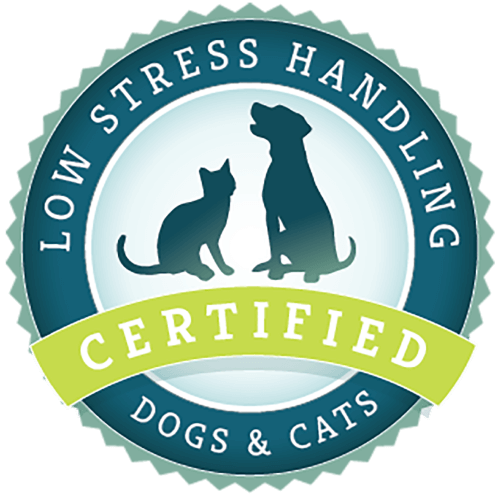What article are you looking for?
Category: dogs
My Dog Knows Some Walking Exercises: How to Incorporate Them Into a Walk
You’ve already learned a number of exercises that are important for taking your dog on a walk. You’ve learned the following foundation exercises: Repeat sits backwards which you can use to first get your dog focused on you and also when there are big distractions such as people your dog wants to leap towards and jump on. (Watch Say Please By Sitting) Repeat sits on the left side (heel side) to turn running and suddenly stopping and sitting into a game. Proper speed to walk to help your dog understand where you want him to go as well as
Training Pups and Adult Dogs to Heel: Repeat Sits on the Left Side
One of the major issues with teaching dogs to walk well on lead is that they want to rush ahead to see the sights. Walking next to you, and especially stopping to wait, is boring to them compared to exploring. How do we remedy the situation? We make sticking next to you and stopping a fun game—one that’s as exciting as the people, sounds and smells on a walk. In this blog, we’ll do this by working on an exercise I call “Repeat Sits on the Left Side.” I’ll show two variations—one with a lure and one with what I
Walking on Loose Leash, Part 4: Going Back to Heel Position
Frequently, when you want to start your walk, or at other times, you need to get your dog back to your side. Here is quick and simple way to teach it. In this exercise, ultimately you will be able to just say “heel” or position your shoulders the correct way and your dog will go back to your left side (or right side if she heels on the right side). For instance, Lucy, the dog pictured below, knows that if I step back with my left leg and turn my left shoulder away from her she should go back to
Walk on Loose Leash, Part 3: U-Turns
From the last 2 blogs on loose leash walking, you’ll recall that teaching dogs to walk on loose leash is all about: Rewarding Fido with treats at first (bits of Fido’s meal) for heeling next to you and also rewarding Fido by walking quickly enough (at least 120 bpm using a metronome or 2 steps a second) to make the walk engaging. Stopping as soon as Fido’s front paws get ahead of your feet so that you’re stationary by the time he gets to the end of the leash. Then increasing the length of time your dog must heel
Teaching Dogs to Walk on Loose Leash, Part 2: Making About Turns
Teaching dogs to walk on loose leash is all about: Rewarding with treats (bits of Fido’s meal) for heeling next to you and also rewarding Fido by walking quickly enough (at least 120 beats per minute [bpm] using a metronome or 2 steps a second) to make the walk engaging. Stopping as soon as Fido’s front paws get ahead of your feet so that you’re stationary by the time he gets to the end of the leash. Then increasing the length of time your dog must heel at attention in order to earn rewards until walking nicely
Walk on Loose Leash, Part 1: Choose the Right Walking Pace and Make It Clear Pulling Doesn’t Work
You’ve probably heard the talk about how humans with dogs are healthier because they exercise more. A number of scientific studies support this statement; however, what those articles fail to mention is that if your dog drags you, lunges, or tangles you in the leash, those walks may not be that fun. To improve your dog’s behavior and the enjoyment for both of you, here are a few tips on training your puppy or adult dog to walk at your side. Why do dogs pull on leash? First, it’s important to know that dogs pull on leash because it gets

Low Stress Handling® Silver-Level Certification
Individual Certification at this level demonstrates to clients and employers the individual’s dedicated interest in Low Stress Handling®. Hospital Certification at this level demonstrates to clients and staff the hospital’s commitment to appropriately training staff in Low Stress Handling® methods.
Learn More
